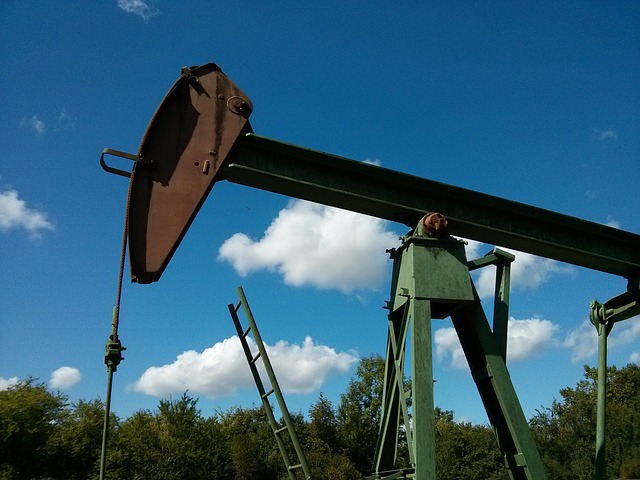
WTI price edges lower to $60.30 in Monday’s Asian session.
Economic uncertainty and recession fears trigger WTI price decline.
OPEC+ decided to raise crude oil production by 411,000 barrels per day in May.
West Texas Intermediate (WTI), the US crude oil benchmark, is trading around $60.30 during the early Asian session on Monday. The WTI price falls to its lowest point since April 2021 amid the fears that US President Donald Trump’s global tariffs would push the United States (US) into a recession.
Traders worry about an escalating trade war from Trump’s global tariffs, which will sharply slow economic growth and raise fears of a slowdown in economic activity both in the US and globally. This, in turn, continues to undermine the WTI price. The tariffs, which are set to take effect this week, “would likely push the US and possibly the global economy into recession this year,” according to JPMorgan analysts.
A surprise output increase by the Organisation of Petroleum Exporting Countries and allies (OPEC+) contributes to the WTI’s downside. OPEC+ announced plans to increase output, aiming to return 411,000 barrels per day (bpd) to the market in May, up from the previously planned 135,000 bpd.
Oil traders will closely monitor the US Consumer Price Index (CPI) inflation data for March, which is due later on Thursday. Any signs of cooler inflation in the US could weigh on the Greenback and provide some support to the USD-denominated commodity price in the near term.
* The content presented above, whether from a third party or not, is considered as general advice only. This article should not be construed as containing investment advice, investment recommendations, an offer of or solicitation for any transactions in financial instruments.


